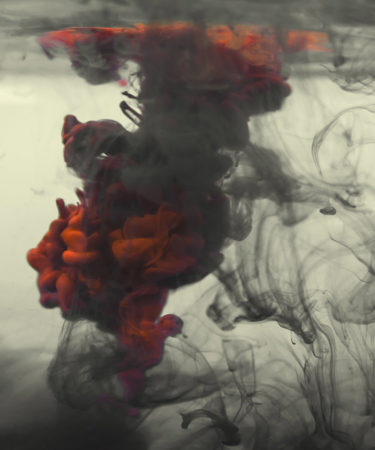No surprise my glass of Mountain Dew is nuclear-wasteland-yellow with a little help from food coloring (FD&C Yellow No. 5 to be exact). What is surprising is my tumbler of single malt Scotch is rich golden brown, thanks in part to something called E150a. Otherwise known as “spirit caramel,” or caramel coloring.
Turns out certain whiskies can be colored for visual adjustment. Among the most commonly, and controversially, colored: Scotch. Surprising, right? Considering the romance and rigor that goes into Scotch production—that it all ends with a dash of food coloring? But it’s true. According to the Scotch Whisky Act of 2009, which basically sets and/or updates standards for Scotch production, Scotch was and remains a spirit “to which no substance has been added except (i) water; (ii) plain caramel colouring; or (iii) water and plain caramel colouring.” Scots are pretty serious about their whisky regulations, and for now at least, it looks like caramel is fair game.
Bear in mind, despite using the word “caramel,” we’re not talking about flavor here. Per the Whisky Act, caramel coloring can “only contain added caramel as a means to adapt colour.” Though there is good reason E150a is known as “caramel” coloring: it’s basically made by burning carbohydrates (like sugar or corn syrup) into caramel. It’s what the Alcohol Tobacco Tax and Trade Bureau refers to as a “harmless coloring, flavoring, or blending materials” (shortened to the chunky acronym HCFBM). Among the E150s, there are also b, c, and d, but because they use other additives, like sulphites or ammonium compounds, they’re not allowed in your Scotch. Only E150a can be used, and only—theoretically—as a color-corrector. You shouldn’t be able to taste sweetness, or burned sugar. Don’t worry–we’ll get to that.
But what about American whiskies? Again, according to the Alcohol and Tobacco Tax and Trade Bureau, certain whiskies can use up to 2.5% caramel coloring in total production (they even have a nifty, incredibly confusing chart for reference). The rules get slightly more confusing, though, with coloring permitted as a factor of “established trade usage” (basically deciding the rules based on how a spirit’s typically been made?). Fortunately, the TTB themselves actually clarified things, so to speak, telling whiskey guru Chuck Cowdery, “you may not add caramel or caramel coloring or flavoring to Bourbon.” That means any bourbon—regular or “straight” (aged a minimum of two years)—gets its color from the barrel, nothing else.
The same rules go for rye, corn, and wheat whiskies, but only if they’re labeled “straight.” Speaking of labels, in most countries (including the U.S.), Scotch whiskies don’t actually have to state if they use caramel coloring (Germany requires it on the label). So while you may be able to tell if your rye contains caramel coloring because it’s not labeled “straight rye,” your Scotch is anyone’s guess.
Why this matters is debatable. The rationale for caramel coloring seems innocent enough: brand consistency. Romantic booze castles though they might seem, big Scotch houses have to market a product, and while this does seem like an era wherein we celebrate every tiny little nuance to the point of detail-nausea, if you’re a casual Scotch drinker shelling out $60 (or more) for a bottle, there’s a strong chance your expectations for what it “should” be are fairly set. You wanna see brown, and you wanna see plenty of it. But of course, we then get to the slightly controversial idea that Scotch companies use caramel coloring to fool the eye, basically creating an appearance of more age (and price-worthy austerity) than a Scotch may actually have. The use of caramel coloring might be sold as a minor visual adjustment to avoid confusion in marketing, but there’s a chance it could also be the reason your Scotch is sold at a higher price point.
Perhaps the most important question, though, is whether caramel coloring impacts flavor. A recent taste-test by 10 staffers at Master of Malt seems to suggest that it doesn’t. But as always in subjective taste perception, opinions vary. And they’re getting a bit heated, with some pressure from seriously tuned-in consumers to stop coloring and chill-filtration (that’s another story). But the casual—or newly interested—Scotch drinker might have no idea why his Single Malt is russet brown and not, say, light hay-colored. It’s the same reason Crystal Pepsi failed: apparently we like to pay for things more—and pay more for them?—when they’re browner.
